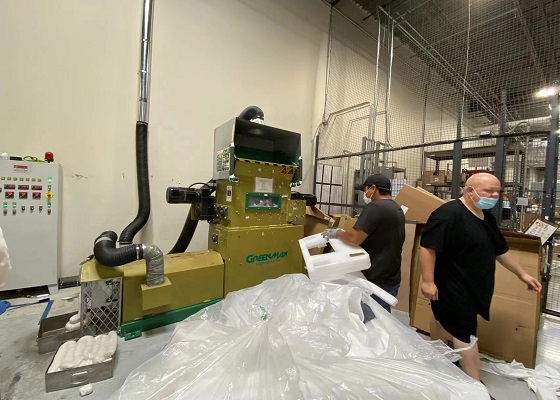PE foam film is a great material for protection against bumps and scratches as well as for cushioning. Foam film also has the qualities of being feather-light, extremely elastic, waterproof, and vapour-proof. The edges and surfaces of boxed goods are shielded with foam film. The main difference between this PE foam film and PE foam bloc packaging is that it is thinner and more flexible, and can be bent into any shape, especially for wrapping items.
PE foam is a closed-cell, robust, lightweight, and long-lasting substance. Because of its superior insulating and vibration-dampening qualities, it is frequently used to package industrial and agricultural commodities. It also provides excellent resistance against moisture and chemicals. Die cuts, tubing, sheets, bundles, and PE foam pouches make up our industrial foam packaging.

PE foam film is also a common packaging, but it is different from regular blocs in form. So how to recycle PE foam film? This is actually different from recycling PE blocs. Because PE foam is relatively thin, if recycled using conventional methods, the effect may not be as good as expected. For example, the conventional foam densifier has a crushing device, but this crushing device cannot crush the PE foam film well because it will cause the film to wrap around the cutter shaft. Therefore, we modified the original foam densifier and converted the foam into The film is put into the feeding port without the knife, and the blocs are put into the feeding port with the crushing function for recycling. Achieve recycling of two forms of PE foam.

Whether it is PE foam film or PE foam blocs, after being compressed by GREENMAX foam densifier, the volume can be reduced to one-90th of the original size, effectively achieving the purpose of volume reduction, saving more transportation costs and storage space, and also providing factories with Provides greater security.